Problem statement
To exploit and increase the added value extracted from granular data sets obtained from sensors, it is imperative to gain client confidence regarding the adoption of sensor-based monitoring, over conventional sample collection and analysis surveys.
What we did
While at a large UK wastewater site, BI-ZEN recently conducted a validation programme comparing calibrated sensor data, coupled with internal quality control lab analysis, against the results of two independent UKAS laboratories.
Each sample issued to the external labs are analysed once, following standard procedures. BI-ZEN test each sample twice and on occasion in triplicate, to ensure no outliers occurred between each test, as a number of tests only use 0.2ml of effluent sample which leaves little room for error. The following charts summarise the comparative results between the sensor and onsite lab results – indicating a high level of correlation.
It must be noted that the sensors take a measurement every 1minute and the internal quality control onsite lab analysis is typically analysed within hours of sample extraction, therefore minimising the potential for any sample degradation.
The following charts compare some of the results received from the external accredited labs, presented against the sensor and onsite test results.
As can be seen there are significant inconsistencies within the received data sets, with one external lab generating significant outliers and proven to be unrepresentative results. This activity has since been repeated comparing other UK labs, which have also displayed similar inconsistencies between reported duplicate results.

